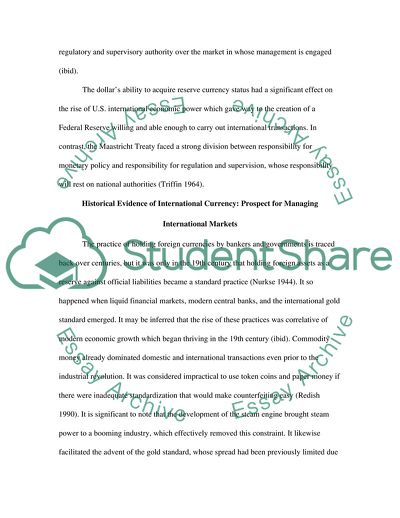Cite this document
(Currency Transactions and International Settlements Essay, n.d.)
Currency Transactions and International Settlements Essay. https://studentshare.org/finance-accounting/1713535-currency-transaction-international-settlements
Currency Transactions and International Settlements Essay. https://studentshare.org/finance-accounting/1713535-currency-transaction-international-settlements
(Currency Transactions and International Settlements Essay)
Currency Transactions and International Settlements Essay. https://studentshare.org/finance-accounting/1713535-currency-transaction-international-settlements.
Currency Transactions and International Settlements Essay. https://studentshare.org/finance-accounting/1713535-currency-transaction-international-settlements.
“Currency Transactions and International Settlements Essay”. https://studentshare.org/finance-accounting/1713535-currency-transaction-international-settlements.


